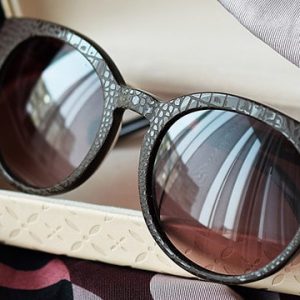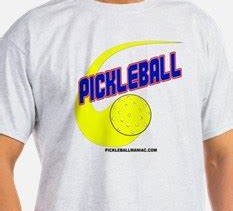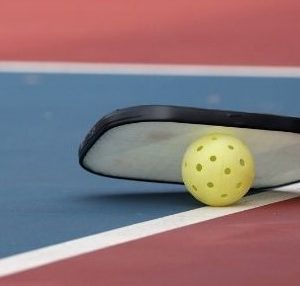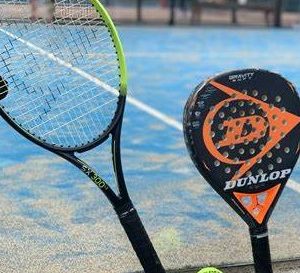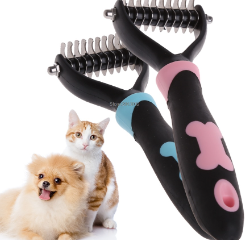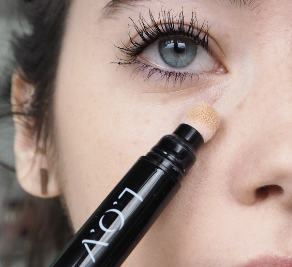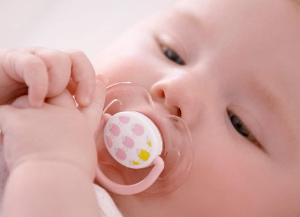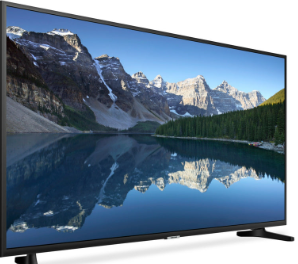How to Choose a Running Shoes is very important because choosing the wrong shoes will affect your running performance. The running shoe selection guide below will help you choose the right shoes for beginners. Here are our tips for finding a better running shoe.
Most of the time, when we go to a sports shoe store, we can see that the shoes fit our feet very well and they are generally very comfortable. However, whether or not these running shoes are right for you requires running a few miles to be able to accurately determine. Even though it is an expensive pair of designer shoes, your running style and the shape of your feet are the main deciding factors when buying shoes.
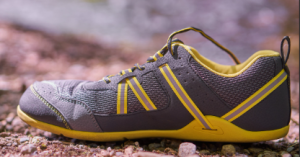
Purchase guide
You will need to evaluate your shoes in 3 steps as follows:
1.Determine your running style, your terrain and your running style.
2. Try on shoes to find the best pair.
In general, a new pair of shoes should be replaced at around 600-800 km (around 3-4 months with professional runners). So take a look at your shoes to see if they are still in good condition, show signs of wear, if so, don’t be afraid to buy a new pair of shoes right away .

Types of running shoes.
To choose the right running shoes, you need to know the terrain you are about to run on, including: Road running shoes: These are shoes designed for running on flat roads, sidewalks, and some rough terrain. They are usually very light and flexible, consisting of pads or pads that stabilize the foot when running on hard surfaces. Trail Running: A type of shoe designed for running over rough surfaces, rocks, mud, roots, and many other obstacles in the jungle. They have rubber pads under the sole for better grip and foot protection. Cross Training shoes: This type of shoe is specially designed to allow you to train indoors, in the gym or in Crossfit…
What size of your foot?
-
- Normal foot
Featuring an abrasion in the midfoot and a small part of the heel, this is the natural foot pattern for those who are used to heel striking. These people should choose shoes that best increase stability. Recommended nutritional products.
- Normal foot
-
- Overpronation – Deviation
This foot will often cause shoe wear on the inside of the foot, these people often experience knee pain when running a lot, shoes that help stabilize and control movement will work best for them.
- Overpronation – Deviation
-
- Barefoot shoes
With traditional shoes the foot tends to hit the heel first, the reason for this is that the heel has a high cushion, for barefoot runners the first landing zone should be the toe or midfoot . - Types Of Running Shoes
- Barefoot shoes
-
- Cushioned shoe (neutral shoe)
-
- Underpronation
A sign that your shoes will wear down the outer edge of the shoe a lot, these people need shoes with cushioning or shoes that support balance.
- Underpronation

These shoes may be suitable for people with normal feet, but they are more suitable for people with supination. These shoes will absorb the impact of the ground more effectively and better support the outside of the foot.
-
- Stability Shoes
Suitable for people with low to moderate foot tilt, they will often have a stiff cushion on the balls of the feet to reinforce the cushioning in the recesses of the foot, a high impact area for people with foot problems.
3. Motion Control Shoes

Ideal for people with rollover feet, with features such as a stiffer heel or a straighter last instead of the usual slightly curved one to prevent rollover.
4. Barefoot shoes
The soles offer only minimal protection to avoid injuries caused on the road, some do not even have pads or are just very thin (3-4 mm) between the foot and the ground. Not all barefoot shoes have a height difference between heel and toe. This encourages runners to land with the balls of their feet or the balls of their feet. Traditional running shoes are the opposite, the difference index usually ranges from 10-12mm and encourages heel landing. Recommended products.
-
- Minimalist shoes
These shoes have an ultra-lightweight construction, with little or no cushioning, the heel being approximately 4-8mm above the toe, encouraging natural movement and anchoring the soles, while ensuring a comfortable fit. , smooth and flexible. Some minimalist shoes are designed for people who transition to love running barefoot.
This is an indicator that shows the difference between the height of the heel and the toe of the shoe, it will affect how you land when running. A reading of 0-8mm will help you land with your foot or forefoot, and a reading of 10-12mm will help you land with your heel.
Conclusion
Above are the guidelines for choosing the right running shoes. Please note that you should choose a really good pair of shoes that are particularly suitable for your feet.

